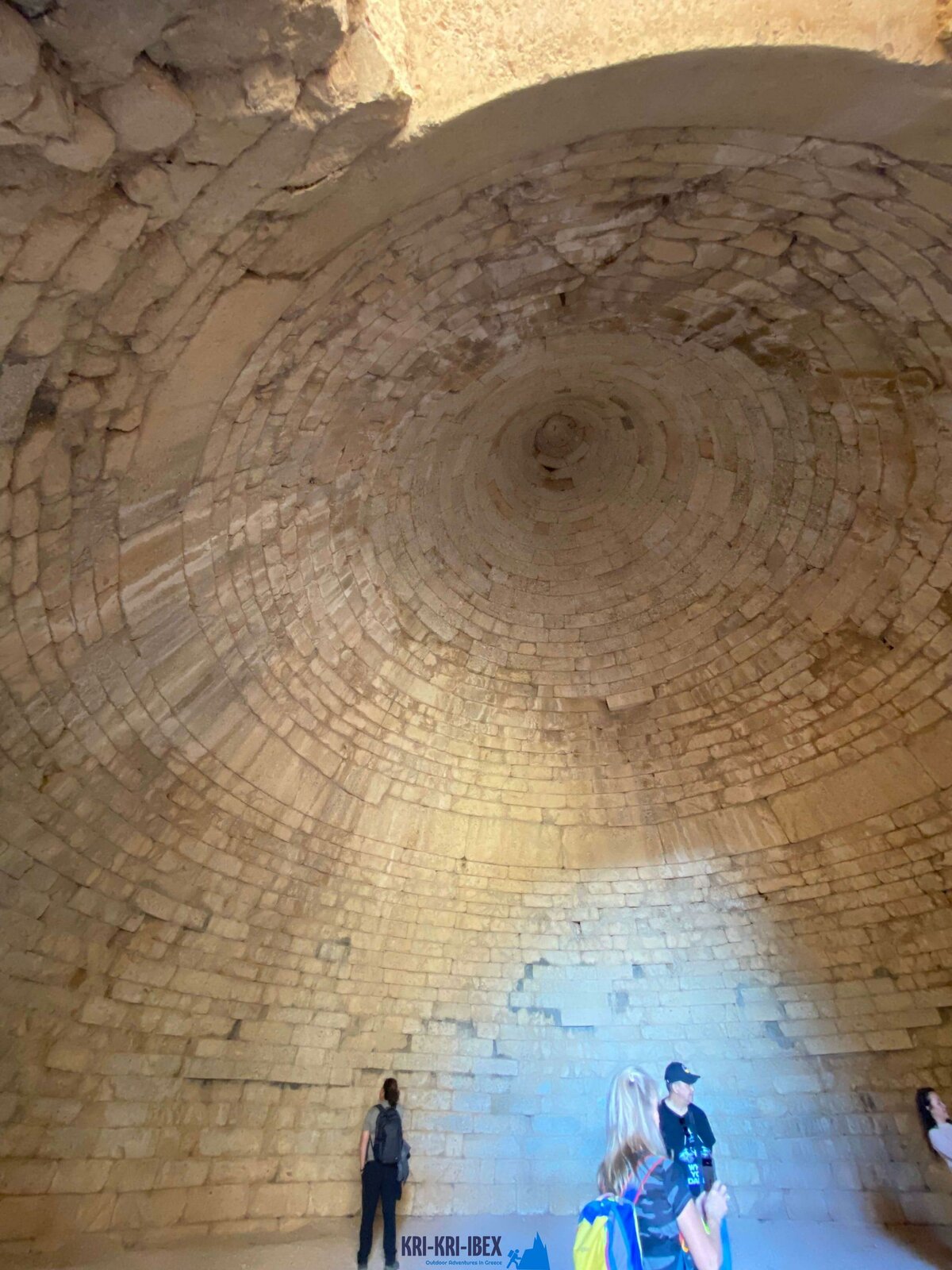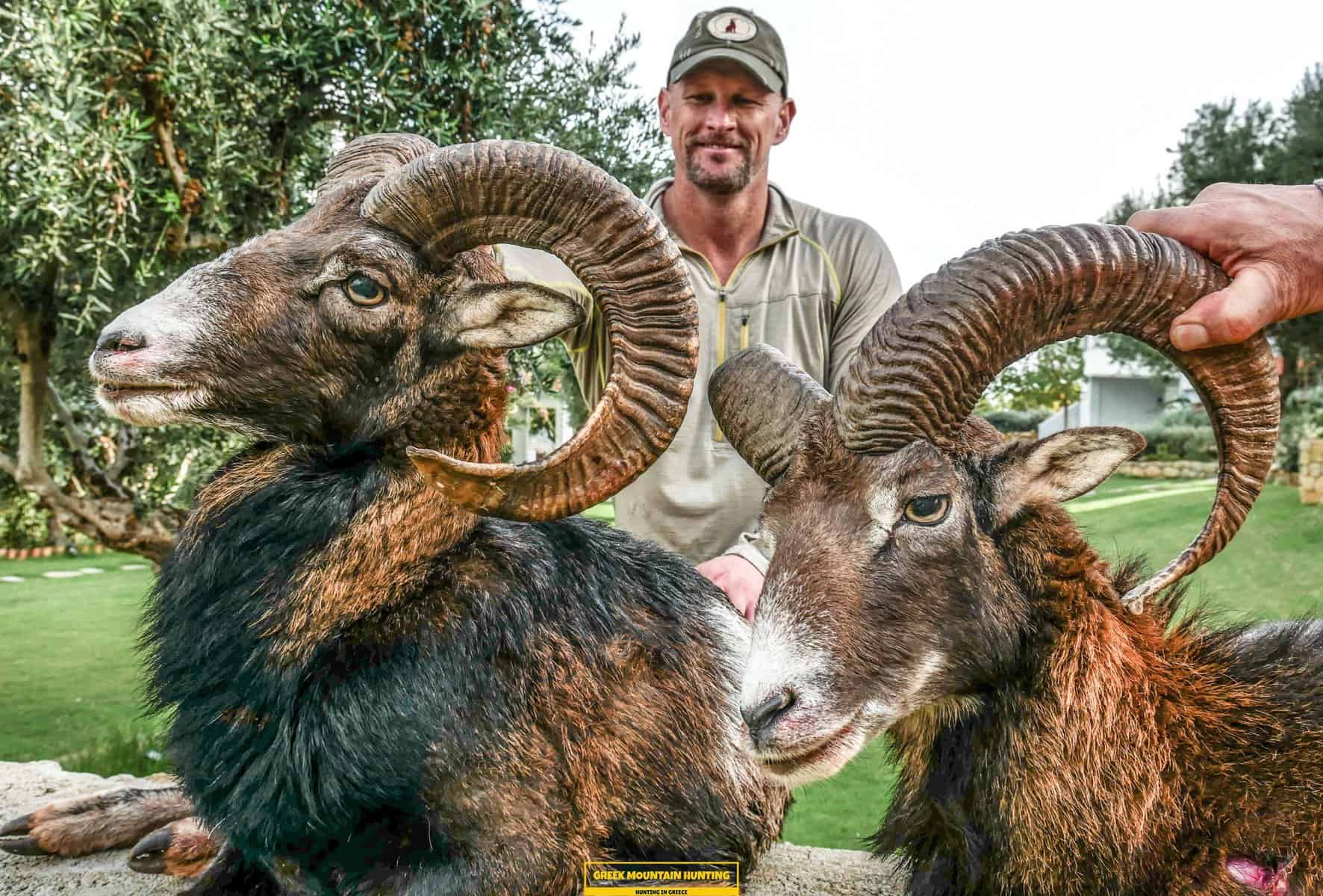Quest the unique Kri Kri Ibex in Greece on Sapientza island.
Wiki Article

To lots of people, The Peloponnese peninsula on the Greek Mainland is the 'actual' Greece, where things have actually not altered much in any way over the centuries despite the fact that many individuals have actually uncovered it. This is a location where you might easily spend a month or more but if you are short in a timely manner after that our hunting and exploring Peloponnese Tours from Methoni is a terrific solution. The Peloponnese peninsula has something for everyone with its many different activities and also destinations.

There is no set number of Ibexes, as the populace changes. The Kri-Kri is the smallest ibex varieties (Capra Aegagrus Cretica) in terms of body weight, however it has some lengthy horns. Although some samplings were determined at 115 centimeters in size, they were not counted in the study. Searching of the Kri-Kri ibex is currently occurring in Greece. An Ibex gold trophy procedures 24 inches long. Searching is permitted on Atalanti and Sapientza islands. On Atalanti, searching is enabled from the recently of October to the very first week of December. Searching in Sapientza is allowed the whole month of November, presuming the climate is favorable.
On our Peloponnese tours, you'll reach experience all that this remarkable region has to offer. We'll take you on a tour of several of one of the most historic as well as lovely websites in all of Greece, consisting of ancient damages, castles, and extra. You'll likewise get to experience several of the conventional Greek culture direct by taking pleasure in some of the scrumptious food as well as a glass of wine that the region is recognized for. As well as of course, no journey to Peloponnese would be full without a dip in the gleaming Mediterranean Sea! Whether you're an experienced hunter searching for a brand-new adventure or a newbie tourist just looking to explore Greece's magnificent landscape, our Peloponnese trips are excellent for you. What are you waiting for? Book your journey today!
If you're searching for an authentic Greek experience, then look no further than our outdoor searching in Greece with angling, as well as totally free diving tours of Peloponnese. This is a memorable method to see whatever that this remarkable region has to supply. Schedule your tour today!
What is the diference between Kri Kri ibex, Bezoar ibex and hybrid ibex
hybrid kri kri ibexclick for moreThe kri-kri is not thought to be indigenous to Crete, most likely having been imported to the island during the time of the Minoan civilization. Nevertheless, it is found nowhere else and is therefore endemic to Crete. It was common throughout the Aegean but the peaks of the 8,000 ft (2,400 m) White Mountains of Western Crete are their last strongholds–particularly a series of almost vertical 3,000 ft (900 m) cliffs called ‘the Untrodden’—at the head of the Samaria Gorge. This mountain range, which hosts another 14 endemic animal species, is protected as a UNESCO Biosphere Reserve. In total, their range extends to the White Mountains, the Samaria National Forest and the islets of Dia, Thodorou, and Agii Pandes.
This Ibex is NOT a diminutive form of the Bezoar Ibex, which has migrated into the western-most reach of the range of this species. The kri – kri (Capra aegagrus cretica), sometimes called the Cretan goat, Agrimi, or Cretan Ibex, is a feral goat inhabiting the Eastern Mediterranean, previously considered a subspecies of wild goat. The kri-kri has a light brownish coat with a darker band around its neck. It has two horns that sweep back from the head. In the wild they are shy and avoid tourists, resting during the day. The animal can leap some distance or climb seemingly sheer cliffs.
“The agrimi goat Capra aegagrus cretica is unique to Crete and its offshore islands. It has been identi®ed as a sub-species of the wild bezoar goat Capra aegagrus aegagrus Erxleben, 1777, which it closely resembles in horn shape, body form and coloration. This classi®cation has been disputed by some researchers who claim that the agrimi are feral goats, derived from early domestic stock brought to the island by the ®rst Neolithic settlers. In order to clarify this issue, DNA analyses (cytochrome b and D loop sequences) were carried out on tissue of live and skeletonized agrimi and compared to sequences of wild and domestic caprines. Results conclusively show the agrimi to be a feral animal, that clades with domestic goats (Capra hircus) rather than with wild Asiatic bezoar. This study demonstrates that morphometric criteria do not necessarily re¯ect genetic af®nities, and that the taxonomic classi®cation of agrimi should be revised.”
Report this wiki page